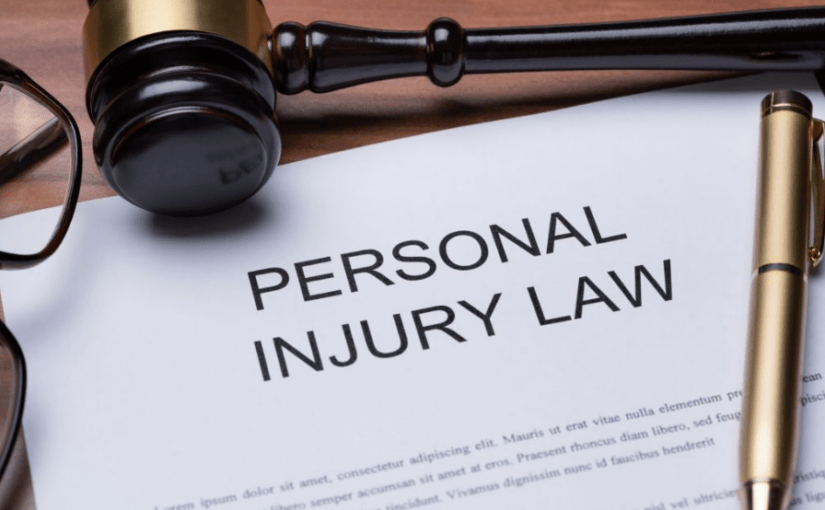A Checklist to Identify Whether You Have a Valid Personal Injury Claim
Any injury, whether minor or major, can hinder your ability to function as you usually would.
In cases where the damages are severe, you would have to face not just physical side effects but emotional tantrums as well. If you’re suffering as a result of someone else’s actions, it’s only fair that you get some sort of compensation for your pain.
You can file a personal injury claim immediately after you have been involved in an accident. With a competent lawyer by your side, you should be able to build a bulletproof case against the defendant.
We’ve compiled a checklist for you to use in building your case.
What You’ll Be Needing
Here is some of the evidence you’ll need during your case. With a good stash of these documents, you should be able to convince the jury that you deserve every penny you’re seeking as compensation.
Photos
If the jury can see for themselves the level of pain and damage you suffered as a result of the other party’s negligence, you’ll have a higher chance of winning them over.
Take photos of your injuries, even the ones that are too gory for sight (don’t worry, your lawyer will warn them about the intensity of the image before displaying it in court). If the damage was done to property or livestock, take photos of that as well. Make it into an album and display it for all to see.
Medical records
Medical records can serve as legal documents in personal injury cases. The court trusts the integrity of medical personnel, and if the documents say you suffered extensive damage, they would all too well believe it without reasonable doubt.
Gather test results and doctor’s reports into a file. If your condition is too critical for all of this, your attorney will gather it on your behalf.
Witness testimony
Nothing is more efficient in convincing a jury than eyewitness testimony. They need to hear from the actual people who were present at the scene of the accident.
Your attorney will go over the witness testimony to identify loopholes and make it bulletproof before they face the court and the jury.
Police reports
Victims are mandated by law to report accidents and other harmful situations to the police. On arrival, the police will assess the actual situation, conduct investigations, and document their findings.
Your personal injury attorney had the power to request that these reports be used as evidence during the lawsuit.
Receipts
The jury needs to see proof that you’ve expended resources as a result of the harm or accident you encountered.
Do not discard any receipts during this period. Gather them into a stash; they’ll come in handy in convincing the jury that you deserve the compensation you’re seeking.
Copies of the insurance policy
It’s not uncommon for insurance companies to try to cut corners and avoid paying full compensation to victims. If you have the original copy of the policy, make copies of it and bring them along during negotiation.
Your lawyer will point out where the contracts explicitly state that you are entitled to compensation. If the court finds the document to be binding, your insurance company will have no choice but to succumb to the original agreement.
Reports of other complaints
In some cases, the defendant may have caused harm to other people who may not have spoken up for several reasons. Even if the old victims cannot be physically present to make their claims, your lawyer can gather affidavits documenting all they suffered at the hands of the defendant.
Wrapping Up
You deserve every penny you’re seeking as compensation. The only way to ensure you get all that you deserve is to build a bulletproof case. To build a solid case, you need staunch evidence to back your claims. Do well to gather these outlined here, and you’ll be well on your way to convincing the jury to side with you.
Image Credit: Image source


Leave a Reply